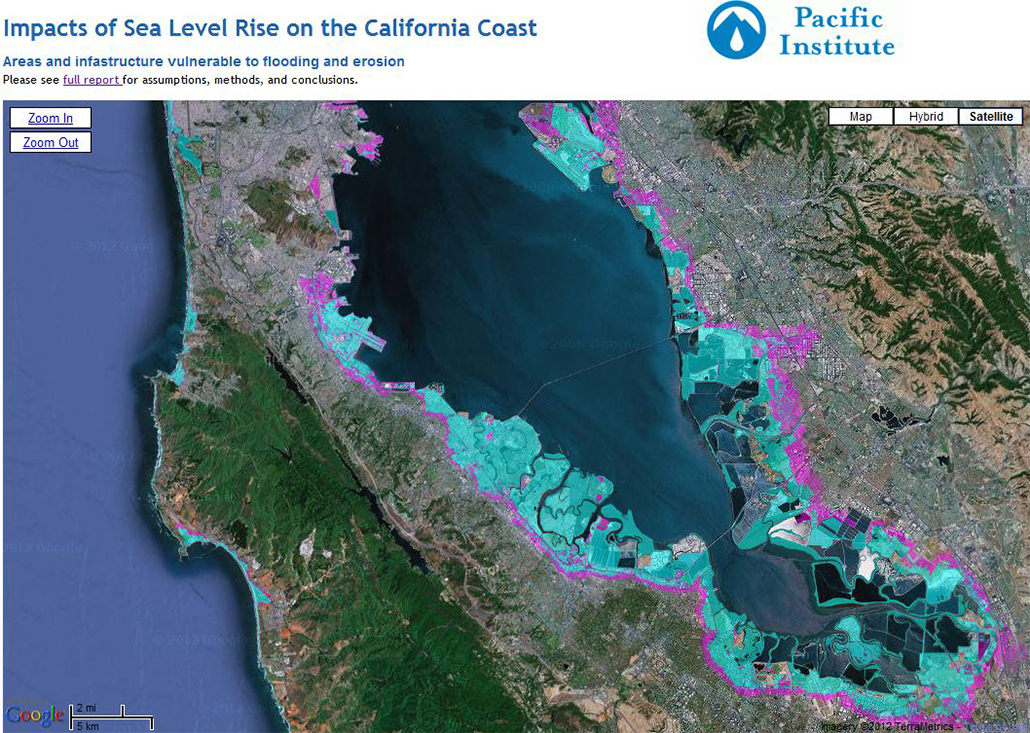Economic Growth and Greenhouse Gas Mitigation in California
Place: California • Date: 2007 • Partner: Energy Foundation
Project Summary
The California economy has an enviable record of technological progress, and the challenge presented by climate change is a new opportunity for the state to demonstrate its talent for combining advances in public policy and private sector innovation to enhance environmental quality and economic growth.
This research note offers preliminary results on the link between greenhouse gas (GHG) abatement strategies and economic growth from on-going research with a forecasting model of the California economy. The Berkeley Energy and Resources (BEAR) Model is a detailed empirical simulation tool that can evaluate the complex linkages between climate policy and economic activity. In the analysis presented here, eight targeted GHG emission policies are combined with an overall cap to meet the state’s targets for 2020. No specific implementation of the cap is assumed; these results can be interpreted as the result of an efficient combination of policies. Examining alternative scenarios for state climate policy over the next fifteen years, a few salient conclusions emerge:
- California’s GHG targets are attainable, but too ambitious to be met by voluntary initiative. Policy action to meet the targets should be relatively inclusive, with mandatory participation by all sectors representing a significant share of emissions.
- An Emissions Cap, supported by regulatory and market-based implementation programs, can return California’s GHG emissions to 1990 levels by 2020 and stimulate the state economy.
- Climate policies that create direct incentives for industries to invest in new technologies can provide additional stimulus for new employment and growth.
Most Recent Entries

Low Carbon Biomass Conversion in the Sierra Nevada







